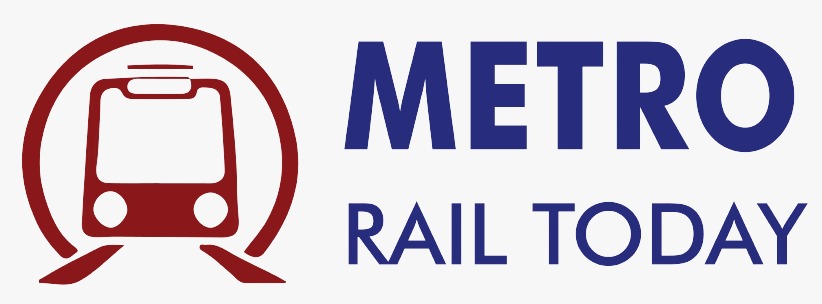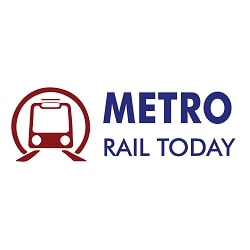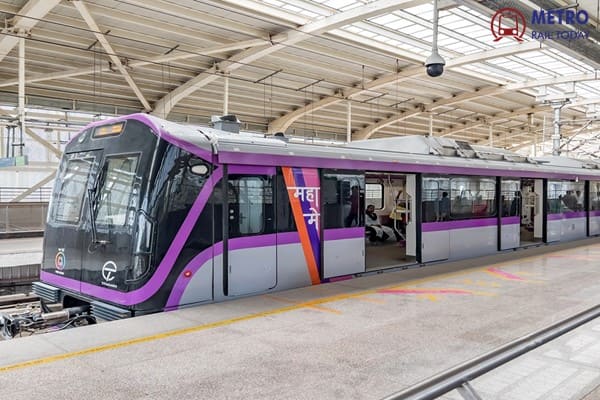 Maha Metro to appoint General Consultant for Pune Metro Phase 1 & 2 Extension Corridors
Maha Metro to appoint General Consultant for Pune Metro Phase 1 & 2 Extension Corridors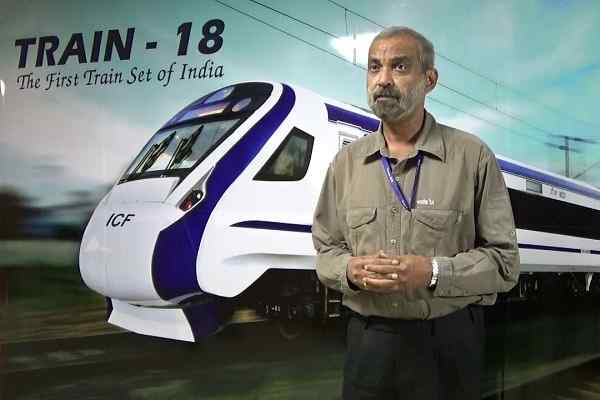 Vande Bharat creator Sudhanshu Mani takes his First Journey on the Train he conceived
Vande Bharat creator Sudhanshu Mani takes his First Journey on the Train he conceived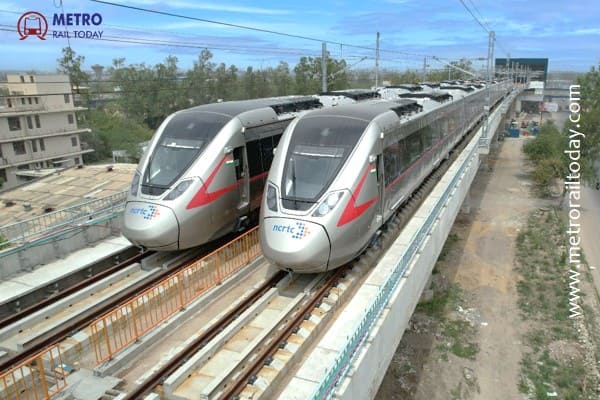 NCRTC to appoint Detail Design Consultant for upcoming Namo Bharat RRTS Corridors
NCRTC to appoint Detail Design Consultant for upcoming Namo Bharat RRTS Corridors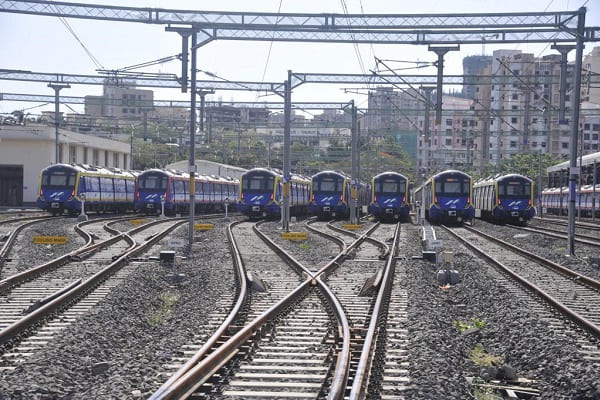 Mandale Depot: Asia’s largest and most advanced Metro Car Depot taking shapes in Mumbai
Mandale Depot: Asia’s largest and most advanced Metro Car Depot taking shapes in Mumbai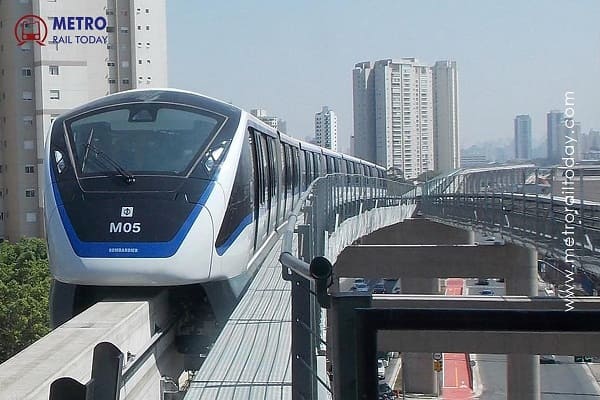 Egypt inaugurates First Phase of East Cairo Monorail, Marks major leap in Urban Mobility
Egypt inaugurates First Phase of East Cairo Monorail, Marks major leap in Urban Mobility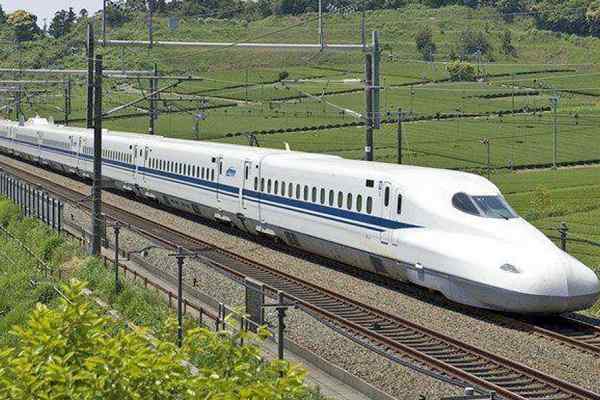 SCR submits final alignment report for 778 km Hyderabad–Chennai High-Speed Rail Corridor
SCR submits final alignment report for 778 km Hyderabad–Chennai High-Speed Rail Corridor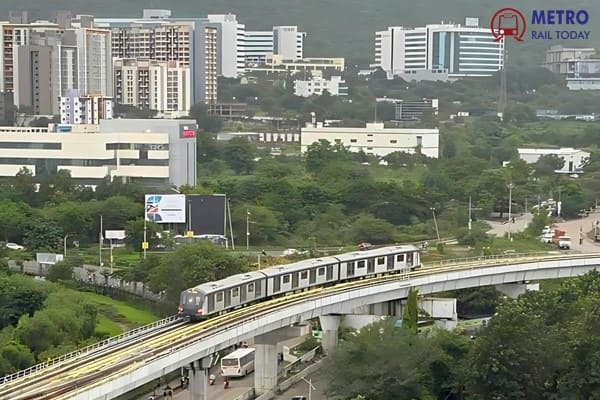 Kalpataru-HG Infra Engg JV wins ₹1,415 Crore EPC Contract for Thane Metro Rail Project
Kalpataru-HG Infra Engg JV wins ₹1,415 Crore EPC Contract for Thane Metro Rail Project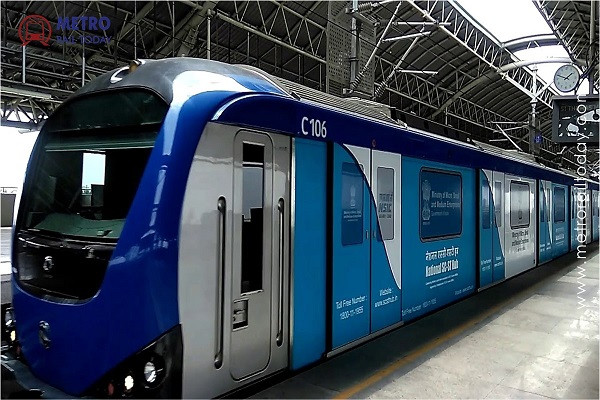 Chennai Metro launched tender to procure 28 Rolling Stock Trainsets to handle Phase 1 Ridership
Chennai Metro launched tender to procure 28 Rolling Stock Trainsets to handle Phase 1 Ridership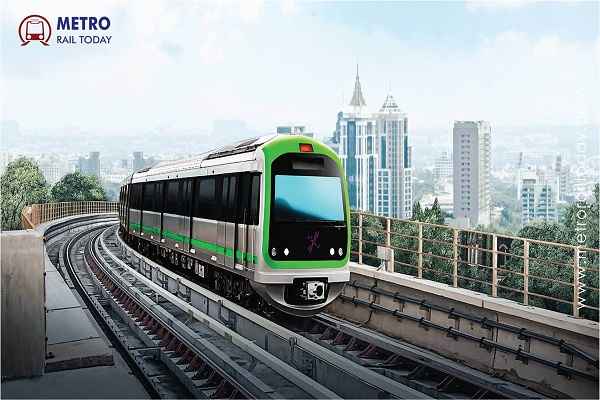 Tender launched for appointment of DPR Consultant for 59.6 km Bengaluru–Tumakuru Metro Extension
Tender launched for appointment of DPR Consultant for 59.6 km Bengaluru–Tumakuru Metro Extension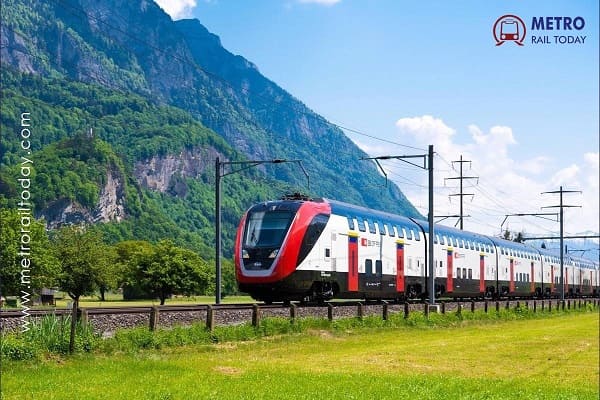 RITES targets African Rail Market with New Financing Model for Cost-Effective Rolling Stock
RITES targets African Rail Market with New Financing Model for Cost-Effective Rolling Stock
Vietnam opens first line of Ho Chi Minh City Metro Rail Project
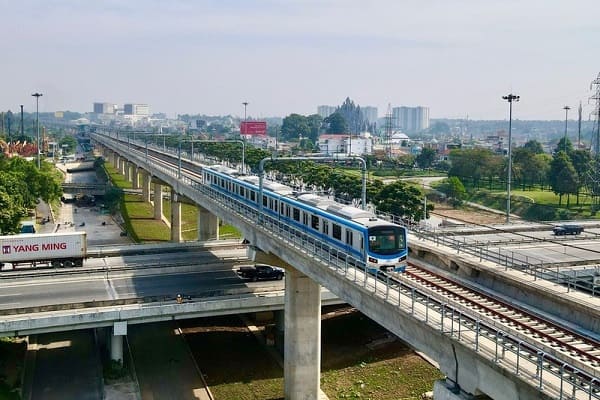
Ho Chi Minh City, Vietnam (Metro Rail Today): After more than a decade of planning, construction, and multiple delays, Ho Chi Minh City, Vietnam’s economic hub, has officially launched its first metro line. The historic event took place on December 22, 2024, marking a significant milestone in the city’s ambitious transportation infrastructure projects.
The newly inaugurated Metro Line 1, connecting the bustling Ben Thanh Market in the city center to Suoi Tien Theme Park on the city's outskirts, stretches nearly 20 kilometers and features 14 stations, including 11 elevated and 3 underground stations. The opening of this metro line comes after over 12 years of construction and is expected to help ease the city's notorious traffic congestion, offering a modern, efficient, and environmentally friendly alternative for daily commuters.
Ho Chi Minh City, which has seen exponential growth in population and vehicle ownership in recent years, has long struggled with severe traffic congestion. With a population of around 9 million, the city's streets are often jammed with motorcycles, cars, and buses, particularly during rush hours. In response, city officials have long envisioned a comprehensive metro system to tackle these issues.
The launch of Metro Line 1 is the first step in realizing this vision, with additional metro lines planned for the future. According to Bui Xuan Cuong, a city official, the opening of Metro Line 1 after more than 17 years of planning and 12 years of construction represents a "significant milestone" in transforming public transportation in Ho Chi Minh City.
“This metro line today marks a critical step forward in modernizing the city’s transportation network,” Cuong stated at the ceremony.
What Metro Line 1 Offers: A Game-Changer for Commuters
Metro Line 1, officially named the Ben Thanh - Suoi Tien Metro Line, stretches 19.7 kilometers from the central Ben Thanh Market to the suburban Suoi Tien area, passing through multiple districts and key transit hubs. The metro line features 14 stations, with the first 3 underground stations at Ba Son, City Theater, and Ben Thanh. The remaining stations are elevated, providing an impressive panoramic view of the city.
This line serves as a direct connection to key locations, such as the Saigon Bridge, Van Thanh Park, and National University, reducing travel time across the city. The line is expected to carry up to 930 passengers per train, with 17 modern trains in total, offering a smoother, faster alternative to the overcrowded roads.
Major Construction Milestones and Delays
The journey to the opening of Metro Line 1 was long and fraught with delays. Originally slated for completion in 2017, the project faced several challenges over the years, including:
-
Funding Shortages: Metro Line 1 was financed with Japanese assistance, receiving an investment of around 43.7 trillion Vietnamese dong (approximately $1.72 billion). However, financial constraints and logistical challenges led to numerous delays in construction.
-
Covid-19 Pandemic: The outbreak of the Covid-19 pandemic further delayed the completion of Metro Line 1, as many workers were unable to continue their jobs due to lockdowns and travel restrictions.
-
Technical Hurdles: The complexity of building a modern metro system in a dense, rapidly developing urban area, coupled with challenges related to underground construction, also caused the project to take longer than initially expected.
Despite these setbacks, Japanese expertise and Korean technology played a vital role in the successful completion of the line. Korean engineers assisted in the transfer of technology and the training of local staff, ensuring that the metro’s operations meet international standards.
Metro Line 1: Features and Ticketing
With the official launch, the Ben Thanh - Suoi Tien Metro Line introduces a seamless travel experience. The line is equipped with state-of-the-art technology and facilities, including:
- Modern Stations: Stations are designed to meet international standards, featuring facilities for easy access, including elevators and ramps for people with disabilities.
- High-Capacity Trains: Each train can carry up to 930 passengers with a mix of seating and standing areas, significantly increasing passenger capacity compared to buses and other modes of transport in the city.
- Ticketing and Fare Structure: For the first month of operation, all metro rides will be free, providing an incentive for commuters to try the new service. After the free period, tickets will range from 7,000 to 20,000 dong (approximately $0.27 to $0.79) depending on the travel distance.
- Discounts will be available for students, seniors, and riders using electronic payment apps.
- Monthly passes are available, with regular tickets priced at around 300,000 dong (about $12.50) per month, offering unlimited rides.
Trains will run daily from 5 a.m. to 10 p.m., with frequent service intervals of between 4 and 10 minutes.
Future Expansion: What Lies Ahead for Ho Chi Minh City’s Metro System?
Metro Line 1 is just the beginning of a much larger plan to modernize the city's public transport system. The Vietnamese government has ambitious goals, planning a total of eight metro lines across Ho Chi Minh City, with more than 169 kilometers of tracks to be developed.
Future plans include:
-
Metro Line 2: Connecting Ben Thanh to Tham Luong, this line is already in the pipeline, with construction expected to begin soon.
-
Metro Line 3A & 3B: These lines will extend to suburban areas and key industrial zones, ensuring better connectivity for workers and commuters.
-
Plans for Future Extensions: The Ben Thanh - Suoi Tien line itself is expected to eventually extend to nearby cities like Binh Duong and Bien Hoa, further easing travel for residents and promoting regional economic growth.
The development of electric buses and feeder routes will also play a crucial role in enhancing connectivity, linking metro stations with neighborhoods, schools, shopping centers, and key commercial areas.
International Impacts: A Growing Role for Metro Systems in Southeast Asia
Ho Chi Minh City’s move to develop its first metro system comes at a time when Southeast Asia is embracing rapid urbanization, with metro projects becoming crucial in managing congestion and promoting sustainable transportation.
Hanoi, Vietnam’s capital, opened its first metro line in 2021, backed by Chinese investment. Similarly, countries like Thailand, Indonesia, and Malaysia are investing heavily in metro infrastructure to modernize their urban transport systems. This growing trend reflects a broader push to reduce traffic-related pollution, improve air quality, and enhance the efficiency of public transit networks across the region.
Japan, with its expertise in high-speed rail and metro systems, has also been a key player in the development of Ho Chi Minh City’s Metro Line 1. As a part of the Japan International Cooperation Agency (JICA), Japan has not only provided financial support but also transferred cutting-edge technology to help Vietnam build a robust metro system that meets international standards.
Looking Forward: The Future of Metro Systems in Vietnam
Ho Chi Minh City's Metro Line 1 will be a game-changer for urban mobility. Once fully operational, the line will provide a much-needed alternative to the city's congested roads, contributing to improved air quality, reduced commute times, and a higher quality of life for residents. In the coming years, when the rest of the metro lines are completed, the entire metro system will be integrated into a seamless public transport network, connecting the city’s diverse neighborhoods and beyond.
As the city's first metro line paves the way for future projects, sustainable development and advanced technology will continue to play a crucial role in shaping the future of public transportation in Vietnam. With the metro, Ho Chi Minh City is setting the stage for a modern, efficient, and greener future—one where commuting becomes quicker, more convenient, and environmentally friendly.
The opening of Ho Chi Minh City's Metro Line 1 is more than just the debut of a new transport route. It is a symbol of the city's determination to modernize, reduce congestion, and create a sustainable, connected future for its residents. With robust planning, international collaboration, and the promise of further expansion, Ho Chi Minh City is poised to become one of the most modern urban transport hubs in Southeast Asia.
As the city moves toward a more green and efficient transportation network, the hope is that Metro Line 1 will inspire further investments in public transport, creating a model for other rapidly growing cities in the region. The launch of this metro system is, without a doubt, a pivotal moment in Ho Chi Minh City’s urban development, offering a glimpse of what’s to come in the years ahead.
